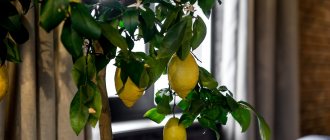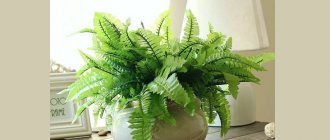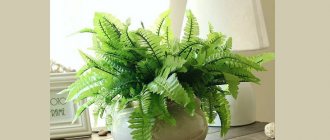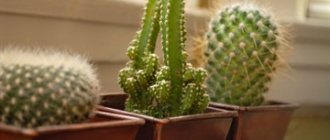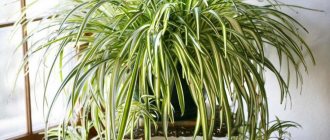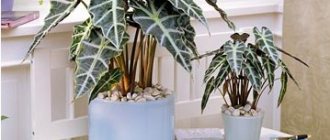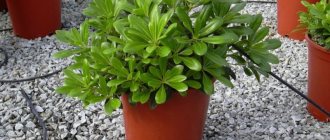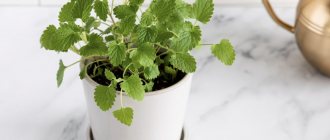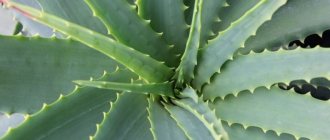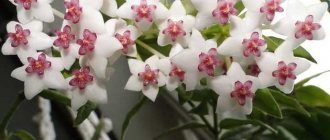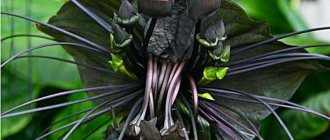How do indoor plants affect humans?
Houseplants have a lot of useful qualities that have a positive effect on humans.
In addition to the fact that blooming neighbors have a beneficial effect on the atmosphere and comfort in the house, they are considered a decoration of the premises, they are also capable of improving our home and health.
Phytoncides secreted by indoor flowers have a detrimental effect on pathogenic bacteria. This element is much more effective than its counterpart contained in garlic. The antibacterial properties of flowers, unlike the beneficial phytoncides of garlic, act faster on any bacteria and are able to clean and improve the air space in the room in a short period of time.
Essential oil plants increase efficiency, invigorate the body, improve the well-being of people around them, and absorb heavy metals that may be in the air. Also, indoor flowers have a unique ability to increase the level of humidity in rooms.
In homes where there are useful indoor flowers, people are less likely to suffer from infectious diseases, since resistance to infections is much higher there.
Looking at flowers, you can see that they are able to calm and balance a person’s emotional state.
INTERESTING! If you carefully observe flowers, you will notice that they react to our emotions and absorb all the negativity of what is happening.
Home floriculture: a hobby for lovers of comfort and indoor plants
If you admire photographs of living plants and like to stroll through gardens and parks, try yourself in a new exciting hobby - home floriculture.
Home floriculture is a traditional women's hobby, which our grandmothers and mothers loved to indulge in, deprived of their own plots and the opportunity to poke around in the garden. Today, growing indoor plants has become part of interior design; with the help of exotic species, you can create a unique environment, giving it a national flavor or belonging to a particular continent.
- Where did the passion for indoor floriculture come from?
- Where to start a new hobby.
- How to transplant a plant into a new pot: tips and videos.
Where did the passion for indoor floriculture come from?
It turns out that growing vegetation in pots was practiced 5 thousand years ago; excavations confirm that the ancient Chinese were familiar with home floriculture; indoor plants decorated the homes of the poor and the rich. The ancient origin of the flower hobby is also confirmed by excavations at the sites of settlements of the ancient Greeks and Romans.
In Europe, growing indoor flowers became popular in the eighteenth century. Winter gardens were created in rich houses, allowing one to enjoy the beauty of nature at any time of the year. Later it became fashionable to grow overseas plants that required special conditions and temperature conditions different from what was outside the window.
In Russia, the fashion for indoor flowers was started by Peter the Great; he personally ordered valuable seeds and seedlings from abroad and personally took care of capricious specimens. At the end of the nineteenth century, the cultivation of indoor greens infected city dwellers. Books on growing and care appeared on sale, people began to share shoots and seeds with each other, and it became possible to buy unusual specimens in specialized shops. By the way, the floral assortment in those days was no less than in modern stores!
Where to start a new hobby
If you have never been interested in gardening, start mastering floriculture at home with the most unpretentious indoor plants. Ask your friends for a violet leaf or buy cuttings of tradescantia, chlorophytum, crassula or milkweed.
Stick to one direction of flora representatives, for example, give preference to inhabitants of the tropics or hot deserts - this will make it easier for you to care for your indoor garden, since its components will have the same requirements.
Do not try to buy adult specimens; the younger the plant, the faster it adapts to the new environment, and besides, it will be interesting for you to watch its growth and development. Keep in mind that some representatives of the flora are poisonous and should not be placed in the bedroom or kept in the house if there are small children or animals in it!
When starting a plant, always carefully study its care requirements, temperature conditions, frequency of watering, and the need for lighting. Ideally, you should first study the needs of a new pet, and only then, after making sure that all conditions are available for it, bring the potty into the house. Take a look at our section on indoor flowers, perhaps there you can choose the most suitable firstborn.
To care for a potted garden you will need special equipment. Of course, you can make do with improvised means, but it is better to buy special devices:
- a small watering can with a long narrow spout;
- sprayer;
- knife or pruning shears;
- a set consisting of miniature rakes, shovels, forks;
- brush for cleaning leaves.
For moisture-loving pets, it is very convenient to use automatic waterers in the form of ceramic figurines; they will help out when going on vacation and will protect newcomers who may forget about the need for regular watering.
Waterers for the forgetful
How to transplant a plant into a new pot: tips and videos
After purchasing an indoor flower, take care of replanting it in the coming days.
- Firstly, the soil, or rather the peat in which plants are sold in stores, is not suitable for permanent life, it does not contain nutrients and minerals, and its looseness is not suitable for every species.
- Secondly, roots are usually cramped in shipping pots.
- Thirdly, these pots are very thin and fragile.
It is recommended to replant a new resident a few days after purchase, but during this time it is advisable to place it away from other flowers to prevent possible infection with diseases and parasites. In a few days, the new resident will adapt to the environment and temperature in the apartment, and will get used to the lighting and watering regime.
When choosing a pot, keep in mind that roots will grow in an overly large container, but the decorative part will remain unchanged. Many plants prefer close quarters, responding to cramped conditions with a lush crown and vigorous flowering. But all this should be studied before purchasing a new pet.
It is better to buy soil for indoor flowers in specialized stores, focusing on the manufacturer’s recommendations on the packaging. In such mixtures, the amount of peat, sand and other components necessary for the normal functioning of the roots has already been calculated. You can also buy expanded clay used for the drainage layer there. If you don't know which pot to choose, read about the advantages and disadvantages of plastic and ceramic pots.
The rules of transplantation are described in detail in the video:
We hope that soon a new green pet will definitely appear in your cozy home, and with it a new hobby will begin - home floriculture. Using the same principle, you can set up a flowerbed on your balcony if you don’t have a plot or don’t want to part with your plants all year round and at any time of the day!
Be sure to read about what other hobbies a modern woman can choose and where to find time for her favorite hobby.
Useful properties of flowers and plants
The plants growing in our homes have many beneficial properties. The most important of them are:
- They are able to harmonize relationships between family members or employees, if we are talking about any organization. Bring health and well-being to others.
- Some of the houseplants are considered useful for treating burns, cuts and inflammation. Cosmetic products are made based on their components.
- Green neighbors have the unique property of absorbing heavy metals and toxins from the air around us. They have the ability to collect excess dust and purify the atmosphere.
- Everyone knows that all indoor plants absorb carbon dioxide and instead release oxygen into the air. That is why flowers are irreplaceable inhabitants of rooms with poor ventilation.
- Nowadays, homes contain a huge number of household appliances that emit electromagnetic waves. Flowers in the house actively absorb them and restore atmospheric balance.
Jungle apartment
View this post on Instagram
A post shared by Max, apartment with a jungle
